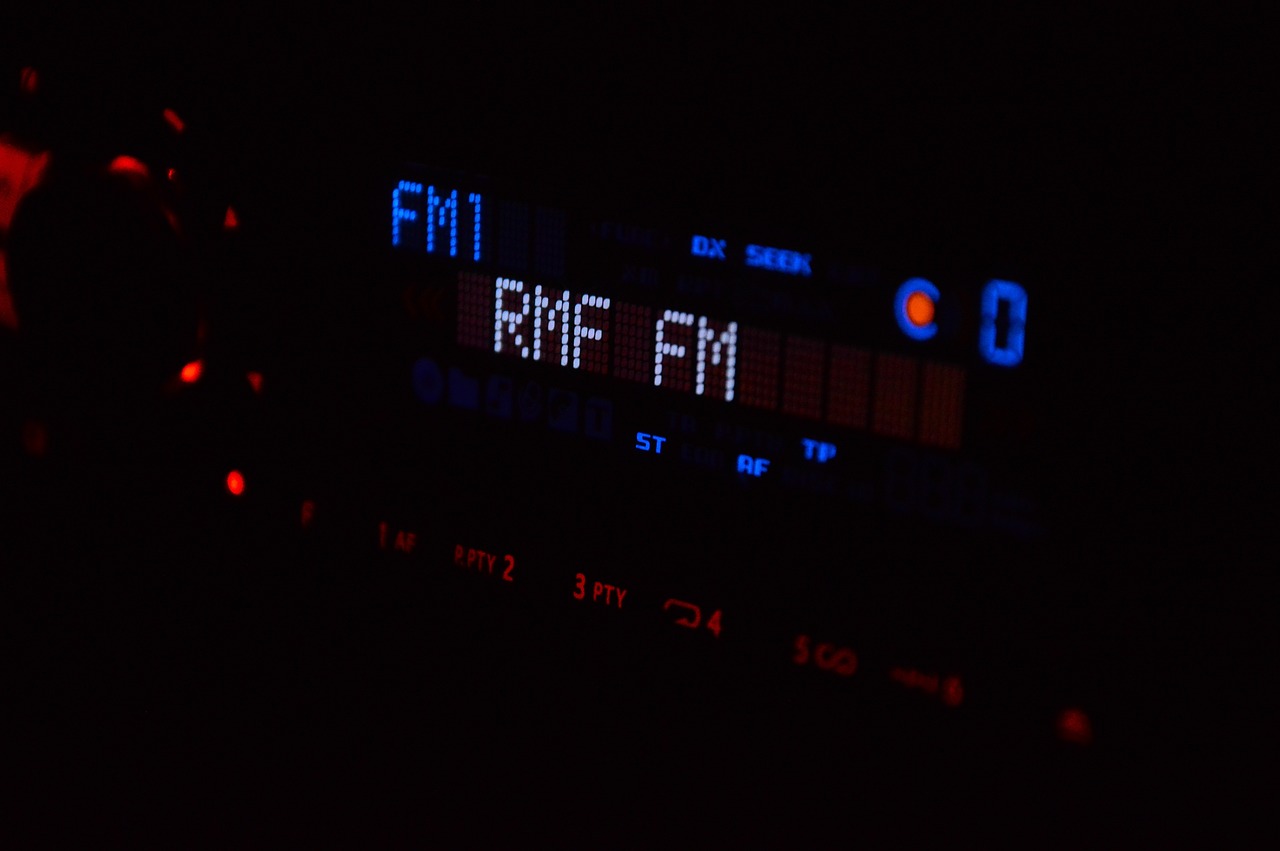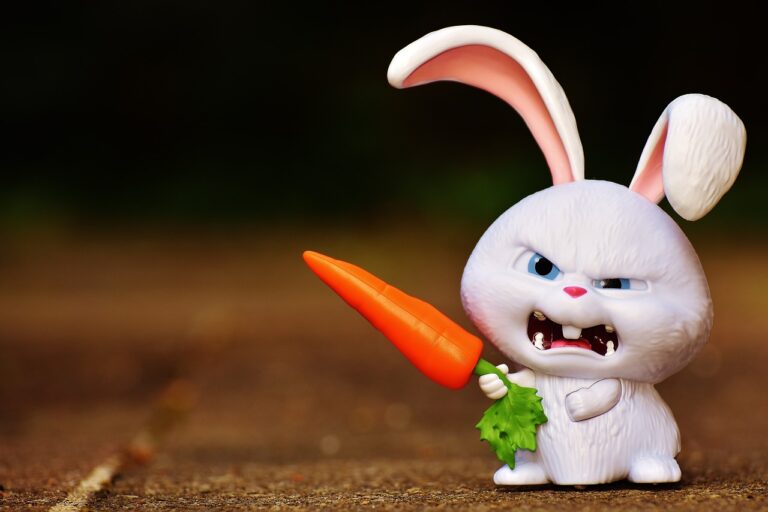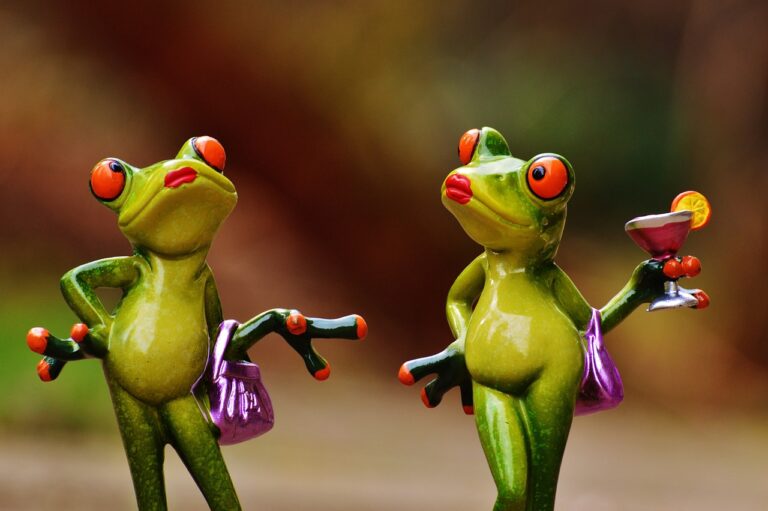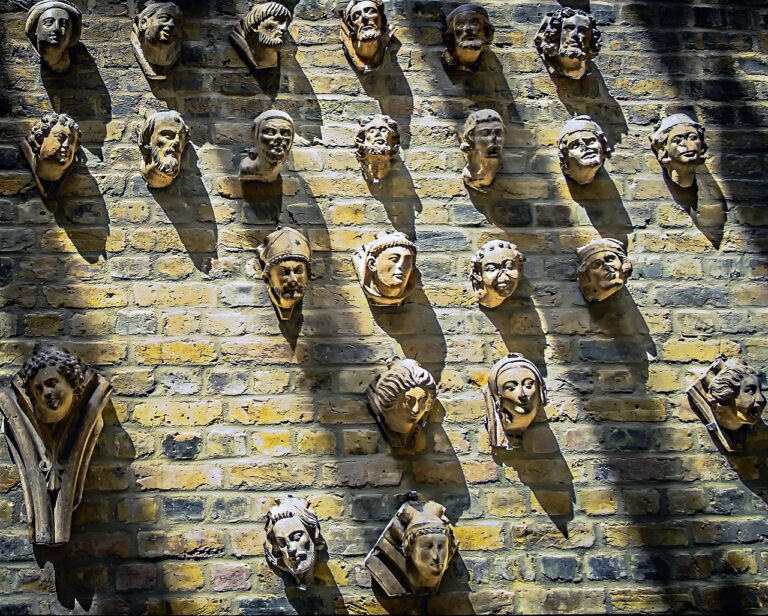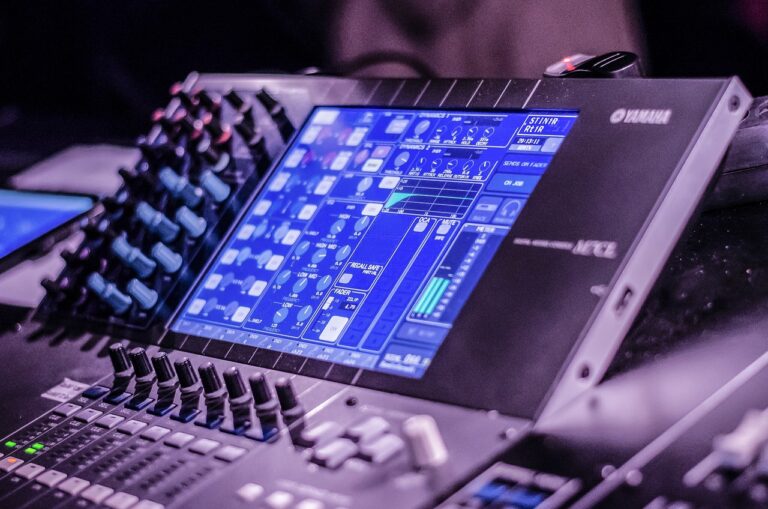Sound Design in Entertainment: Crafting Immersive Experiences
Sound design plays a crucial role in enhancing the overall viewer or listener experience in entertainment. Through the skillful and deliberate manipulation of sound elements, such as music, ambient noise, dialogue, and effects, sound designers are able to evoke powerful emotions and immerse audiences in the world being portrayed on screen or stage.
Moreover, sound design has the ability to transport individuals to different locations, time periods, or even dimensions by creating a sonic atmosphere that complements the visual elements of a production. Whether it’s a bone-chilling horror film, a heart-pounding action sequence, or a tender romantic moment, sound design can elevate the storytelling and bring a new dimension to the narrative that might otherwise be lacking.
Understanding the Role of Sound in Creating Immersive Experiences
In the realm of entertainment, sound plays a pivotal role in shaping the overall experience for audiences. Whether it’s a suspenseful scene in a thriller film or a heart-pounding moment in a video game, the soundscape is crucial in immersing viewers or players into the narrative. The manipulation of sound elements such as music, dialogue, and ambient noise can evoke emotions, build tension, and enhance the visual aspects of a story, making it more engaging and believable for the audience.
Furthermore, sound design goes beyond just complementing the visuals; it has the power to transport the audience to different worlds and time periods. By utilizing techniques like spatial audio and realistic sound effects, sound designers can create a multi-dimensional experience that blurs the line between reality and fiction. This level of immersion not only captivates the audience but also helps in establishing a deeper connection with the characters and settings, making the storytelling more impactful and memorable.
The Evolution of Sound Design in Film and Television
Sound design in film and television has undergone a significant evolution over the years, with advancements in technology playing a crucial role in shaping the way we experience audio in visual media. In the early days of cinema, sound design was a rudimentary process, limited by the constraints of analog equipment and manual editing techniques. However, as digital technology emerged, sound designers were able to explore new creative possibilities and push the boundaries of what was achievable in terms of creating immersive auditory experiences.
As filmmaking techniques evolved, so too did the role of sound design in enhancing storytelling and capturing the audience’s attention. Sound designers began to experiment with innovative techniques, such as surround sound and spatial audio, to create a more realistic and engaging auditory environment for viewers. This shift towards more sophisticated sound design not only elevated the overall quality of films and television shows but also enabled filmmakers to manipulate emotions and build tension in ways that were previously unimaginable.
What is sound design?
Sound design is the process of creating and manipulating audio elements to enhance the storytelling and overall experience of a film or television show.
Why is sound design important in entertainment?
Sound design plays a crucial role in setting the mood, creating atmosphere, and immersing the audience in the world of the story being told on screen.
How has sound design evolved over the years in film and television?
Sound design has evolved from simple background music and dialogue to complex layers of sound effects, ambient noise, and music that work together to create a fully immersive experience for the audience.
Can you give an example of how sound design has enhanced a film or television show?
One example is the use of sound effects and music in horror films to create tension and build suspense, heightening the overall impact of the scares on the audience.
What are some key elements to consider when designing sound for film and television?
Key elements to consider include the use of sound effects, music, dialogue, ambient noise, and mixing techniques to create a cohesive and impactful audio experience for the audience.

